Trusted by enterprises across the globe
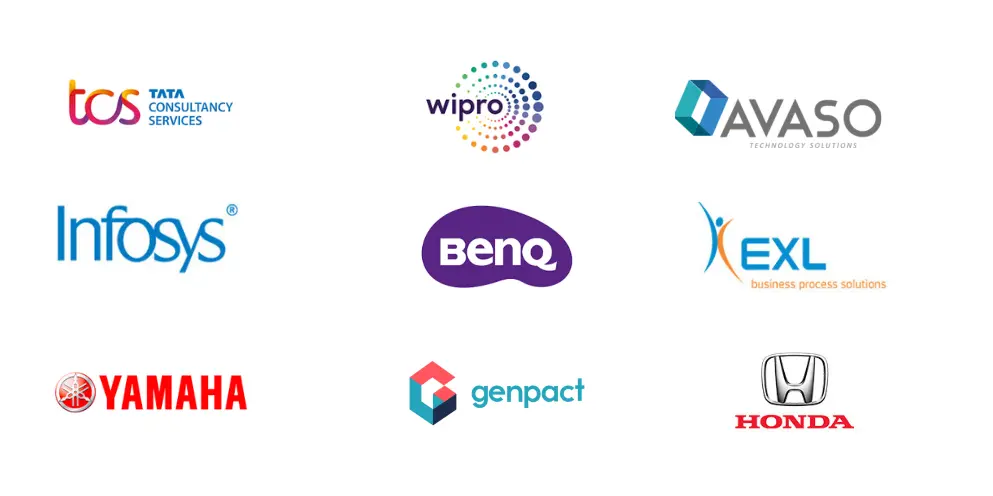

Designed for all your training needs

Flexible On-Demand Group Learning
Flexible, corporate learning for groups, accessible anytime, anywhere.

Instructor-Led Live, Online Training
Real-time, interactive classes taught by SME via web conferencing.

Independent Self-Paced Learning
Individual learning at your own speed, with access to digital materials.

Customized On-Site Training
Customized, face-to-face training sessions delivered at your location.
Curriculum Designed by Experts
Oracle Database 23ai: Multitenant Architecture Corporate Training by Multisoft Virtual Academy offers in-depth knowledge of Oracle's multitenant architecture designed to simplify database management. This course covers key features such as container databases (CDB), pluggable databases (PDB), and efficient resource allocation. Tailored for corporate teams, the training emphasizes practical applications and real-world scenarios to help organizations optimize their database infrastructure and improve overall performance.
Oracle Database 23ai: Multitenant Architecture training teaches participants how to manage container databases (CDBs) and pluggable databases (PDBs) effectively. It covers creation, cloning, security, backup, recovery, and resource management within a multitenant environment. The training is ideal for database administrators and IT professionals seeking to master Oracle’s latest database consolidation and management techniques.
- Objectives
- Challenges
- Multitenant Architecture: Benefits
- Other Benefits of Multitenant Architecture
- Oracle Multitenant Container Database
- Configurations
- SYSTEM Objects in the USER Container
- Provisioning a Pluggable Database
- Multitenant Container Database Architecture
- Containers
- Tools
- Data Dictionary and Dynamic Views
- Terminology
- Impacts
- Summary
- Multitenant Architecture Poster
- Objectives
- Goals
- Creating a CDB
- Creating a CDB: Using SQL*Plus
- Clause: SEED FILE_NAME_CONVERT
- Clause: ENABLE PLUGGABLE DATABASE
- After CDB Creation
- Data Dictionary Views: DBA_xxx
- Data Dictionary Views: CDB_xxx
- Data Dictionary Views: Examples
- Data Dictionary Views: V$xxx Views
- After CDB Creation: To Do List
- Automatic Diagnostic Repository
- Automatic Diagnostic Repository: alert.log File
- Provisioning New Pluggable Databases
- Tools
- Creating New PDB from PDB$SEED
- Steps: With FILE_NAME_CONVERT
- Steps: Without FILE_NAME_CONVERT
- Summary
- Objectives
- Regular PDBs
- PDBs and Applications
- Application Containers
- Application Containers: Other Features
- Types of Containers
- Creating Application PDBs
- Application Name and Version
- Installing Applications
- Patching and Upgrading Applications
- Application Common Objects
- Use Cases for Application Containers
- Use Case: Pure PDB-Based Vs Hybrid Model
- Container Map
- Container Map: Example
- Query Routed Appropriately
- Dynamic Container Map
- Container Map and Containers Default
- Query Across CDBs Using Application Root Replica
- Durable Location Transparency
- Data Dictionary Views
- Terminology in Application Container Context
- Commonality in Application Containers
- Impacts
- Summary
- Objectives
- Cloning Regular PDBs
- Cloning Application Containers
- Plugging a Non-CDB into CDB
- Plugging a Non-CDB into CDB as PDB Using DBMS_PDB
- Replicating Non-CDB into CDB
- Cloning a Non-CDB or Remote PDB
- Plugging an Unplugged Regular PDB into CDB
- Flow
- Plugging Using Archive File
- Unplugging and Plugging Application PDBs
- Converting Regular PDBs to Application PDBs
- Unplugging and Plugging a PDB with Encrypted Data
- Local UNDO Mode Vs Shared UNDO Mode
- Cloning Remote PDBs in Hot Mode
- Near-Zero Downtime PDB Relocation
- Proxy PDB: Query Across CDBs Proxying Root Replica
- Creating a Proxy PDB
- Using DBCA to Clone a Remote PDB
- Using DBCA to Relocate a Remote PDB
- Using DBCA to Duplicate a CDB
- Dropping PDBs
- Summary
- Objectives
- Connection
- Switching Connection
- Creating Services
- Renaming Services
- Starting Up a CDB Instance
- Mounting a CDB
- Opening a CDB
- Opening a PDB
- Pluggable Database Hybrid Read-Only Mode
- Automatic PDB Opening
- Closing a PDB
- Shutting Down a CDB Instance
- Changing PDB Mode
- Modifying PDB Settings
- Instance Parameter Change Impact
- Instance Parameter Change Impact: Example
- Using ALTER SYSTEM Statement on PDB
- Configuring Host Name and Port Number per PDB
- Summary
- Objectives
- Objects in Tablespaces
- Tablespaces Created During PDB Creation
- Defining Default Permanent Tablespaces
- Temporary Tablespaces
- UNDO Tablespaces
- Summary
- Objectives
- Creating Common Users in the CDB and PDBs
- Creating Common Roles in the CDB and PDBs
- Granting Privileges Commonly in the CDB and PDBs
- Creating Common Profiles in the CDB and PDBs
- Common Objects in Application Containers
- Operations on Data-Linked Objects
- Enabling Common Users to Access Data in PDBs
- Finding Information About CONTAINER_DATA Attributes
- Restricting Operations with PDB Lockdown Profiles
- Restricting Operations in a PDB Lockdown Profile
- PDB Lockdown Profiles Inheritance
- Static and Dynamic PDB Lockdown Profiles
- Auditing Actions in the CDB and PDBs
- Managing Other Types of Security Policies in Application Containers
- Securing Data with Oracle Database Vault
- Oracle Database Vault-Enabled Strict Mode
- Managing Keystore in the CDB and PDBs
- Creating and Opening a Keystore
- Setting TDE Master Encryption Keys
- Managing Keystore in the CDB and PDBs
- Keystore Management Changes for PDBs
- Defining the Keystore Type
- Isolating a PDB Keystore
- Converting a PDB to Run in Isolated Mode
- Converting a PDB to Run in United Mode
- Migrating a PDB Between Keystore Types
- Unplugging and Plugging a PDB with Encrypted Data
- Per-PDB Wallet for PDB Certificates
- Summary
- Objectives
- Goals
- Syntax and Clauses in RMAN
- CDB Backup: Whole CDB Backup
- CDB Backup: Partial CDB Backup
- PDB Backup: Partial PDB Backup
- Using RMAN Backup to Plug an Unplugged PDB
- Duplicating Pluggable Databases
- Cloning Active PDB into an Existing CDB
- Example: 1
- Example: 2
- Duplicating On-Premises CDB as Cloud Encrypted CDB
- Duplicating On-Premises Encrypted CDB as Cloud Encrypted CDB
- Migrating Cloud Encrypted CDB as On-Premises CDB
- Checking for Block Corruption
- Summary+
- Objectives
- Goals
- Instance Failure and Instance Recovery
- NOARCHIVELOG Mode
- CDB and PDB Tempfile Recovery
- CDB SYSTEM or UNDO Tablespace Recovery
- PDB SYSTEM or UNDO Tablespace Recovery
- CDB or PDB Non-SYSTEM Tablespace Recovery
- PITR
- Migrating a Non-CDB to a CDB
- Migrating a Non-CDB and Transporting Non-CDB Backups to a CDB
- Relocating/Plugging a PDB into Another CDB
- Plugging a PDB and Transporting PDB Backups to a CDB: 1
- Plugging a PDB and Transporting PDB Backups to a CDB: 2
- Using PrePlug-in Backups
- Considerations
- Example
- CDB and PDB Flashback
- PDB Flashback and Clean Restore Point
- Creating a PDB Snapshot from a PDB
- PDB Snapshot Carousel
- Creating PDB Snapshots
- Creating PDBs Using PDB Snapshots
- Dropping PDB Snapshots
- Flashbacking PDBs Using PDB Snapshots
- Switching Over a Refreshable Cloned PDB
- Unplanned Switchover
- Summary
- Objectives
- Tuning a CDB
- Sizing the CDB
- Testing the Estimates
- Managing SGA for PDBs
- Managing PGA for PDBs
- Monitoring PDB Memory Usage
- AWR and ADDM Behavior
- PDB-Level Snapshot Views
- Configuring Automatic ADDM Analysis at the PDB Level
- Enabling ADDM in a Pluggable Database
- ADDM Data Visibility
- Basic Rules: Statistics for Common Objects
- Controlling the Degree of Parallelism of Queries
- Heat Map and ADO Support
- Managing Heat Map and ADO Policies in PDB
- CDB Fleet
- CDB Lead and CDB Members
- Use Cases
- DB Replay: The Big Picture
- Capturing and Replaying in a CDB and PDBs
- Reporting
- Consolidated Database Replay Use Cases
- Use Cases: Source Workloads
- The Big Picture
- Step 1
- Step 2
- Step 3
- Step 4
- Summary
- Objectives
- Allocating Resources in the CDB
- Resource Manager and Pluggable Databases
- Managing Resources Between PDBs
- CDB Resource Plan Basics: Limits
- PDB IO Rate Limit
- CDB Resource Plan: Full Example
- Maintaining a CDB Resource Plan
- Managing Resources Within a PDB
- Putting It Together
- Considerations
- PDB-Level Parallel Statement Queuing
- PDB-Level Parallel Statement Queuing: CPU_COUNT
- Session PGA Limit
- Performance Profiles
- Summary
- Objectives
- Using Oracle Data Pump with PDBs
- Exporting from Non-CDB and Importing into PDB
- Exporting and Importing Between PDBs
- Full Transportable Export/Import: Overview
- Full Transportable Export/Import: Usage
- Full Transportable Export/Import: Example
- Transporting a Database Over the Network: Example
- Additional Features of Oracle Data Pump
- Using SQL*Loader with PDBs
- Summary
- Objectives
- Upgrading CDB and PDBs to 23ai: Methods
- Upgrading CDB and PDBs to 23ai
- Installing Oracle Database 23ai Software Using OUI
- AutoUpgrade Utility System Checks
- Running AutoUpgrade Fixups
- Configuration File to Run AutoUpgrade Prechecks
- Upgrading Using the AutoUpgrade Utility
- AutoUpgrade with Source and Target Database Homes on the Same Server
- AutoUpgrade with Source and Target Database Homes on Different Servers
- Overview of AutoUpgrade Job Stages
- AutoUpgrade Command-Line Parameters and Options
- AutoUpgrade Command-Line Syntax
- AutoUpgrade Configuration File
- Using Replay Upgrade’s Automatic Upgrade on PDB Plug-In to a CDB23ai
- How to Disable or Enable Replay Upgrade
- Converting and Upgrading Regular PDBs to Application PDBs
- Cross-Platform Transportable PDB
- Cross-Platform PDB Transport: Phase 1
- Cross-Platform PDB Transport: Phase 2
- Summary
- Consolidated Replay Steps
- Procedures for Steps 4 and 5
- Procedures for Steps 6 and 7
- Procedure to Remap Connections with PDBs
- Procedure to Prepare the Replay
- Modes of Synchronization
- Procedure to Start Replay
- Views
Free Career Counselling
We are happy to help you 24/7Multisoft Corporate Training Features
Outcome centric learning solutions to meet changing skill-demand of your organizationWide variety of trainings to suit business skill demands
360° learning solution with lifetime access to e-learning materials
Choose topics, schedule and even a subject matter expert
Skilled professionals with relevant industry experience
Customized trainings to understand specific project requirements
Check performance progress and identify areas for development
Free Oracle Database 23ai: Multitenant Architecture Corporate Training Assessment
Right from the beginning of learning journey to the end and beyond, we offer continuous assessment feature to evaluate progress and performance of the workforce.
Try it Now

Oracle Database 23ai: Multitenant Architecture Corporate Training Certification
Related Courses
A Role Based Approach To Digital Skilling
A roadmap for readying key roles in your organization for business in the digital age.
 Download Whitepaper
Download Whitepaper



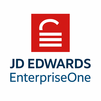




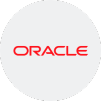
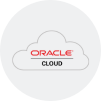
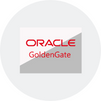
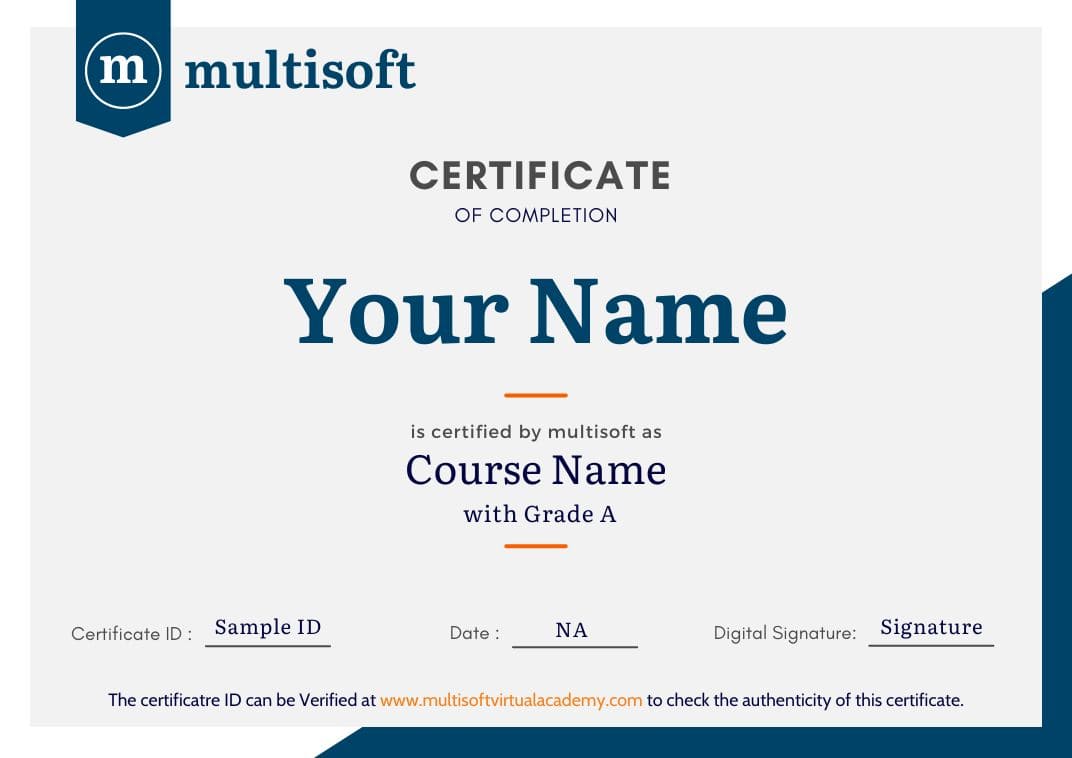
 Join our Live Instructor-Led online classes delivered by industry experts
Join our Live Instructor-Led online classes delivered by industry experts